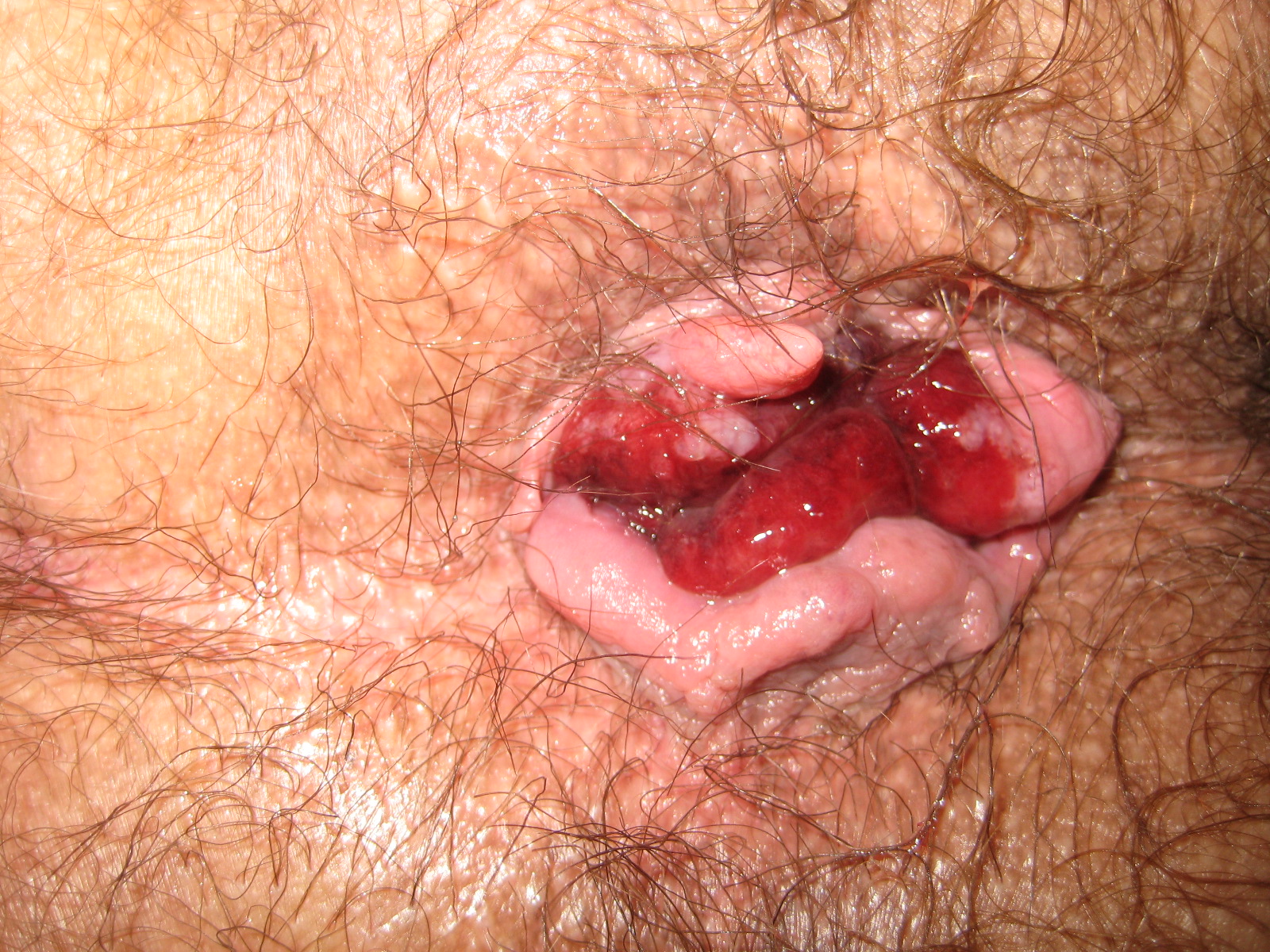Hemorrhoids are a common condition that can cause discomfort and impact daily life. For those who undergo a hemorrhoid embolization, understanding the recovery process and following appropriate care steps can aid in healing and minimizing symptoms. Here is more information on hemorrhoids, the embolization procedure, and practical recovery tips:
What Are Hemorrhoids?
Hemorrhoids are swollen veins located in the lower rectum or around the anus. They develop due to increased pressure in the area, often from straining during bowel movements, prolonged sitting, pregnancy, or chronic constipation. Hemorrhoids may be classified as internal (inside the rectum) or external (under the skin around the anus). Common symptoms of hemorrhoids include itching, discomfort, swelling, and bleeding during bowel movements.
What Is a Hemorrhoid Embolization?
A hemorrhoid embolization is a minimally invasive procedure designed to reduce blood flow to the hemorrhoidal tissue. This leads to a reduction in size and relief from symptoms. It is an option for patients experiencing chronic symptoms or for those who have not found relief through other treatments.
During the procedure, a small catheter is inserted into a blood vessel, typically through a pinhole in the groin or wrist. Tiny particles are then delivered to block the blood supply to the hemorrhoids. By reducing blood flow, the hemorrhoids shrink over time, alleviating symptoms and promoting healing.
What Does the Process Involve?
The procedure typically begins with a consultation and assessment by a specialist. Imaging techniques, such as ultrasound or CT scans, may be used to map the blood vessels that feed the hemorrhoids. Once the treatment area is identified, local anesthesia is applied to minimize discomfort.
Patients remain awake throughout the procedure. A catheter is guided to the affected area using imaging guidance, and embolization particles are delivered. The patient may experience mild pressure or discomfort during the procedure. After the embolization, patients are monitored for a short time before being discharged.
How Can You Facilitate Recovery?
Recovery from hemorrhoid embolization requires attention to a few key practices to promote healing and reduce discomfort. Adopting certain measures can help prevent complications and enhance your overall experience. Recovery tips include:
Manage Discomfort and Swelling
Mild discomfort or tenderness in the treated area is common following embolization. Applying cold packs can help alleviate swelling. Over-the-counter pain relievers, such as acetaminophen, may help relieve discomfort.
Maintain a High-Fiber Diet
A diet rich in fiber is beneficial for softening stools and preventing constipation. Consuming fruits, vegetables, whole grains, and legumes can support a smooth recovery while reducing the strain on the treated area. Drinking plenty of water aids digestion and maintains hydration.
Adopt Proper Bowel Habits
Avoiding strain during bowel movements is beneficial. Use a stool softener or fiber supplement, as recommended by your healthcare provider. Taking time to empty your bowels fully without rushing can also minimize pressure and irritation.
Rest and Gradual Activity
Allowing your body time to heal is key. Rest during the initial days following the procedure, and gradually increase your activity level as advised by your healthcare provider. Light walking can improve circulation and support the healing process.
Monitor Symptoms
It is normal to experience some minor symptoms after the procedure. This may include spotting or mild discomfort. If symptoms become severe, contact your healthcare provider promptly for further evaluation.
Learn More About Recovery Today
Hemorrhoid embolization offers an effective solution for managing chronic symptoms while minimizing disruption to daily life. Recovery is generally straightforward, and following recovery tips can enhance your healing experience. If you have questions or want to learn more about post-procedure care, reach out to your medical provider for personalized guidance.
- How To Create a Personalized Weight Loss Plan
- The Importance of Foot Care for Diabetes: Prevention Tips You Need
- Cutting vs. Polishing Tools in Dentistry: Key Differences Every Dental Professional Should Know
- What Are the Symptoms of Depression?
- Understanding the Role of Neurologists in Managing Chronic Headaches


Leave a Reply